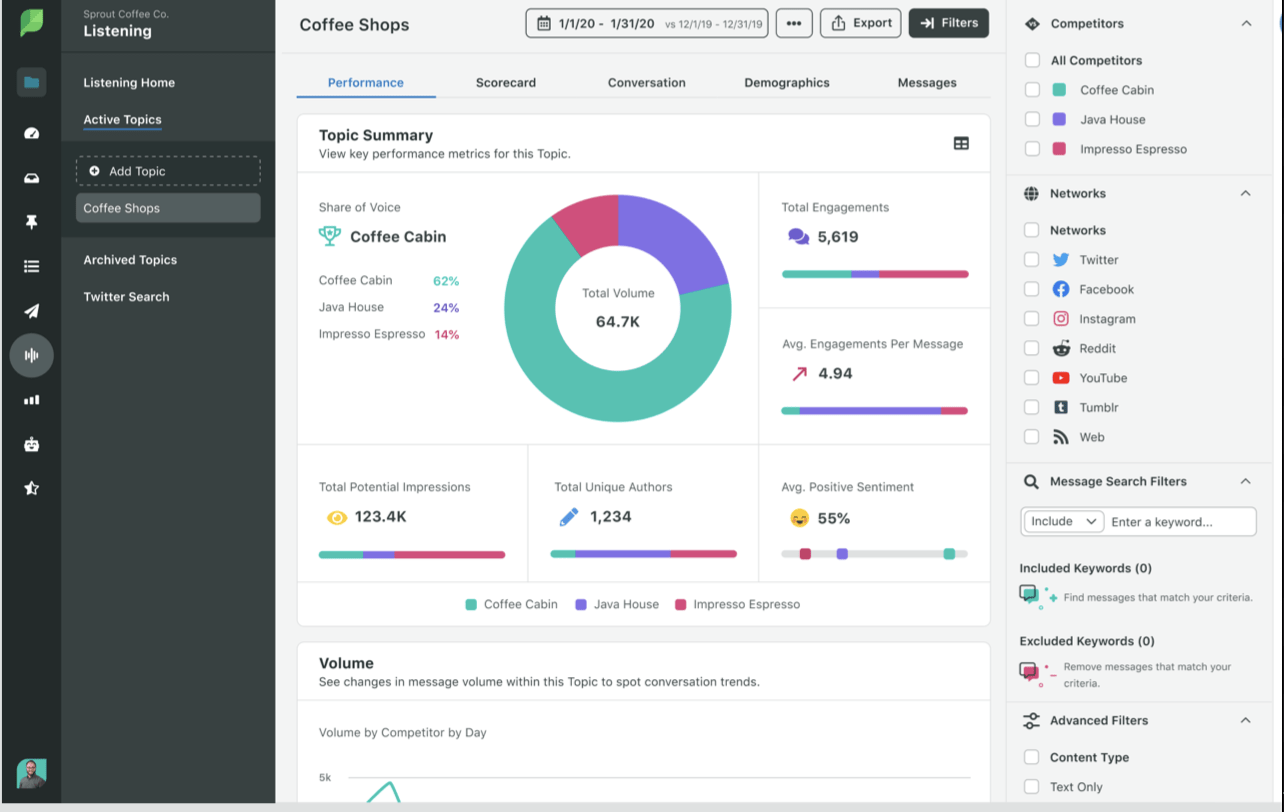Reactive vs. Proactive Customer Feedback

Do you know the difference between reactive and proactive customer feedback?
Well, it’s much like a pro-active versus reactive approach to life. Reactive customer feedback is what happens when you wait for customers to tell us about their experience with your company.
Proactive customer feedback is when we take the initiative to ask them how they feel about our product or service so that we can make changes before they have a chance to share their thoughts in public.
This blog post will explore the differences and give some advice on which strategy might be best for your business at this time based on where your organization currently stands in its growth cycle.
Reactive Feedback
There is a cost to reactive customer feedback. Every time you are forced to respond to a negative comment or review on the web, there is a chance that many other potential customers will see it as well.
 When you do get around to addressing an issue with your product or service, it’s likely that so much damage has already been done that you’ll never recover.
When you do get around to addressing an issue with your product or service, it’s likely that so much damage has already been done that you’ll never recover.
When utilizing a reactive approach, make sure there is constant communication between the business and its customers. If something goes wrong and there is no quick fix, be honest about what happened instead of brushing it under the rug.
An apology at this point can go a long way if nothing else! Also try to listen closely and not assume intent when receiving critical feedback from customers. After all, you never know if they may have a point.
Proactive Feedback
Of course, the easiest way to avoid responding to negative feedback from customers is by asking them what they think about your product or service before they even have a chance of becoming disgruntled enough to post something negative online.

A proactive approach gives you valuable insight into what people are thinking and feeling while it’s happening so that you can make immediate changes – before they even graduate into disgruntled customers who feel compelled to share their opinions.
As an added benefit, if everyone on staff uses your internal rating system for every interaction with a customer, positive feedback will start rolling in which will also improve morale!
Implementing Proactive Customer Feedback in Your Organization
If you’d like to incorporate more proactive customer feedback into your business strategy, here are some tips:
– Whenever a customer contacts the company for any reason (i.e. service request, purchase question, etc.), ask them to rate their experience via your internal rating system. For example, if someone calls to place an order and the representative is friendly and answers all of his questions, that would be a positive experience so she might receive a 3 on a scale from 1 to 5 with 5 being great!
If he doesn’t get what he wanted from her and he feels that she was unhelpful or rude then it’s easy enough to deduce how he feels about her performance based on how close her final score was to 1.

You can use a tool like Question Pro to implement this type of feedback into your feedback strategy
– Everyone in the company should be aware of how their internal rating system works and have access to it at all times so that they can monitor their progress toward attaining a level of customer service excellence. The more people who are involved with this process, the more opportunities your business will have for improvement!
– Give customers a chance to specify what they feel is the most important area for improvement and then use those suggestions as an opportunity to work together with your team on bolstering those particular areas.
– Encourage feedback from customers by offering them special deals or discounts in exchange for their rating of their experience and/or submitting specific feedback via email.
– Don’t be afraid to ask for criticism! If you only solicit comments that are positive, how will you ever know where your organization needs to improve?
Proactive Customer Feedback – A Long Term Investment
Don’t put off proactive customer feedback any longer because it is an investment that pays big dividends over time. With today’s social media strategy trending heavily towards reactive customer service, you’ll find fewer and fewer companies taking an active role in monitoring customers’ opinions about them – until they become unhappy enough to write online reviews that paint a negative picture of their experience.
In fact, I’d venture to guess that you are most likely to see a positive review from someone who had a bad experience and then went out of his way to let others know about it. That’s reactive customer feedback, folks!
If you’re serious about providing an exceptional customer experience and avoiding the likelihood of negative online reviews, then it is time to start taking a proactive approach to monitoring your social media sentiment using tools like TweetDeck and Sprout Social.

By investing in this system now, your company will be well positioned for long term success because you’ll already be using a proven method for measuring customer satisfaction. When people notice that your company is actively engaged in improving its level of service excellence, they usually have good things to say about it.
On Reactive vs. Proactive Customer Feedback
The best way to increase customer loyalty is through regular proactive feedback, not reactive feedback. It’s a lot easier and less expensive to keep a customer happy than it is to get them to come back after they’ve gone somewhere else because of negative online reviews! So what are you waiting for? Start collecting that valuable data now so you can improve your business one shining review at a time!





